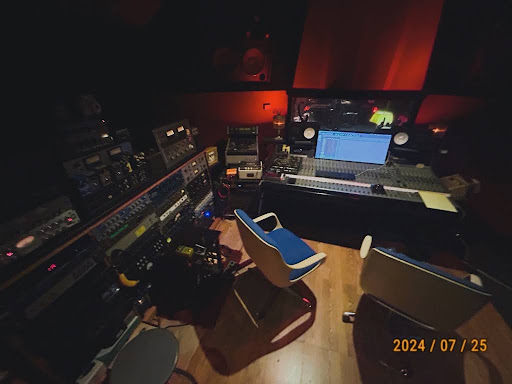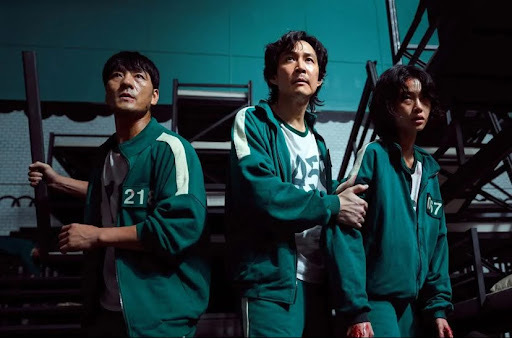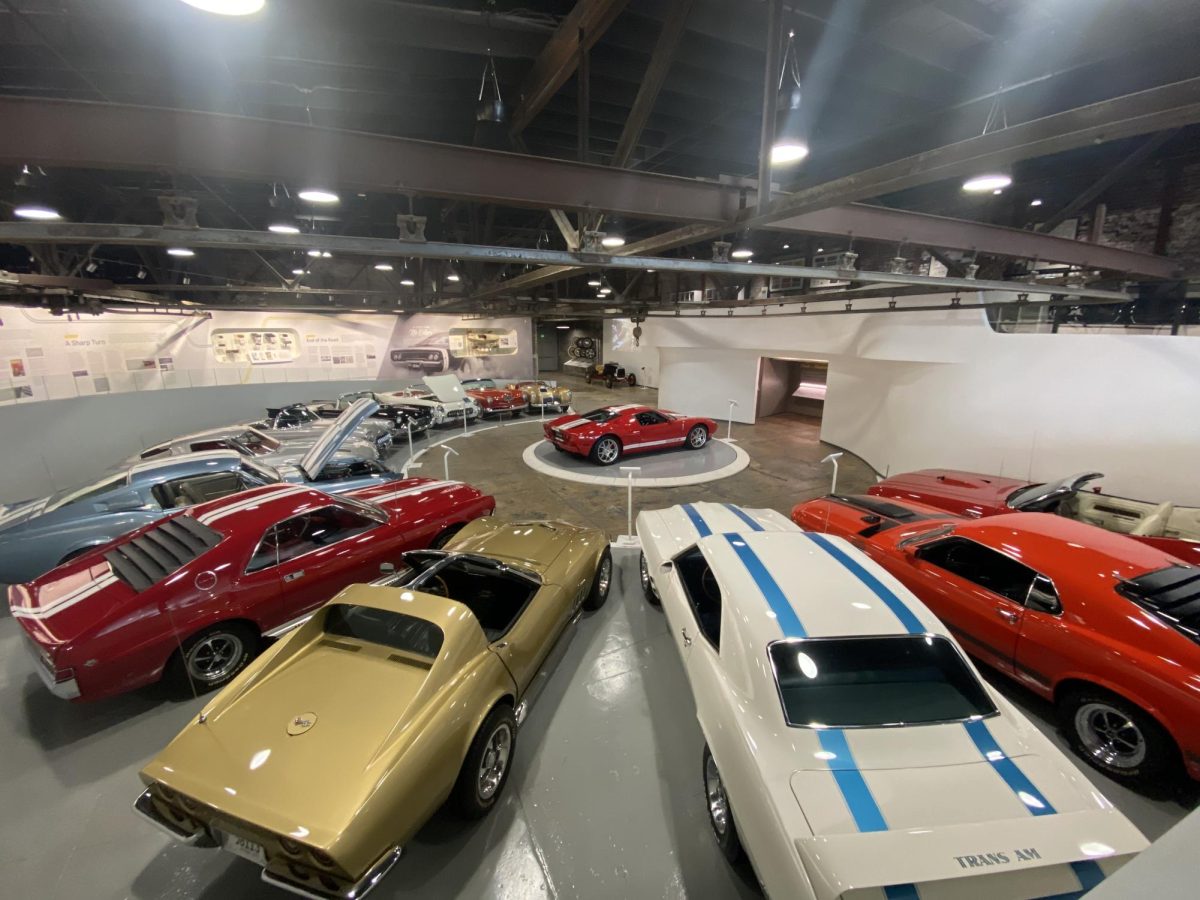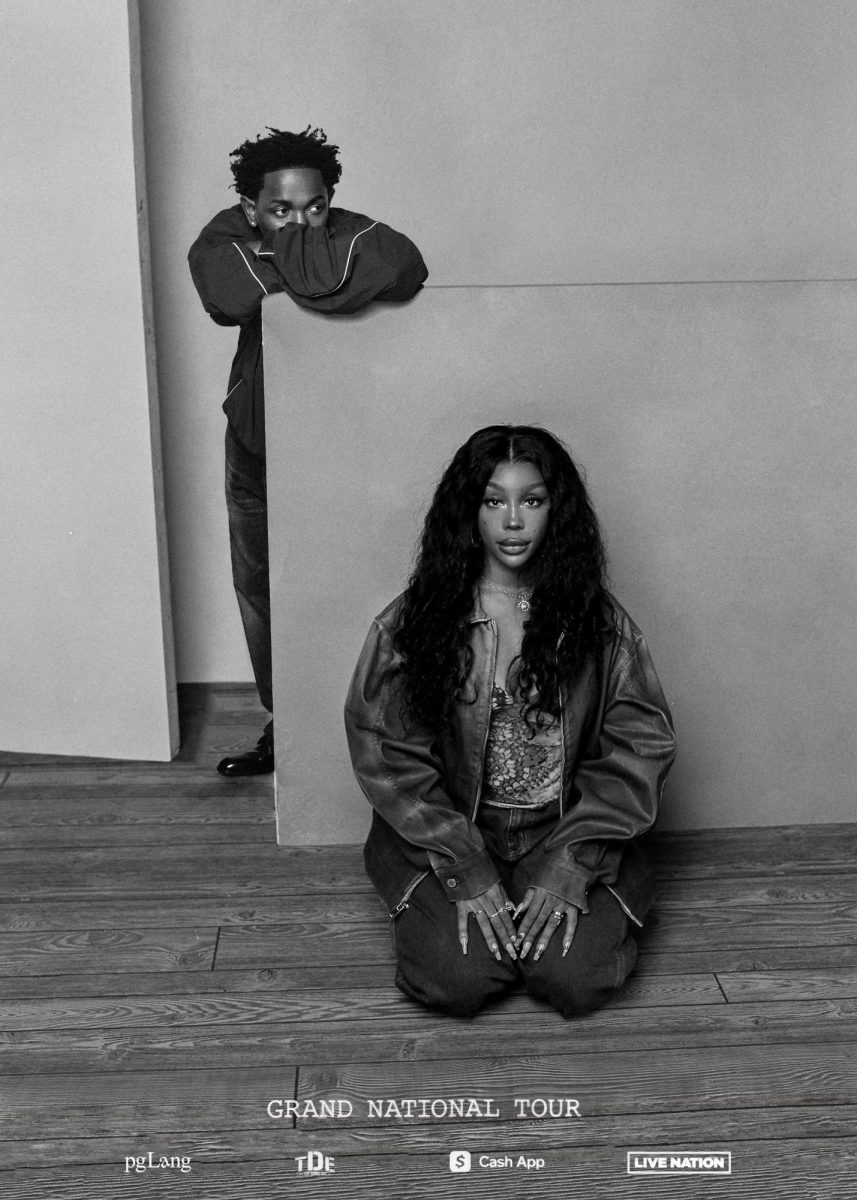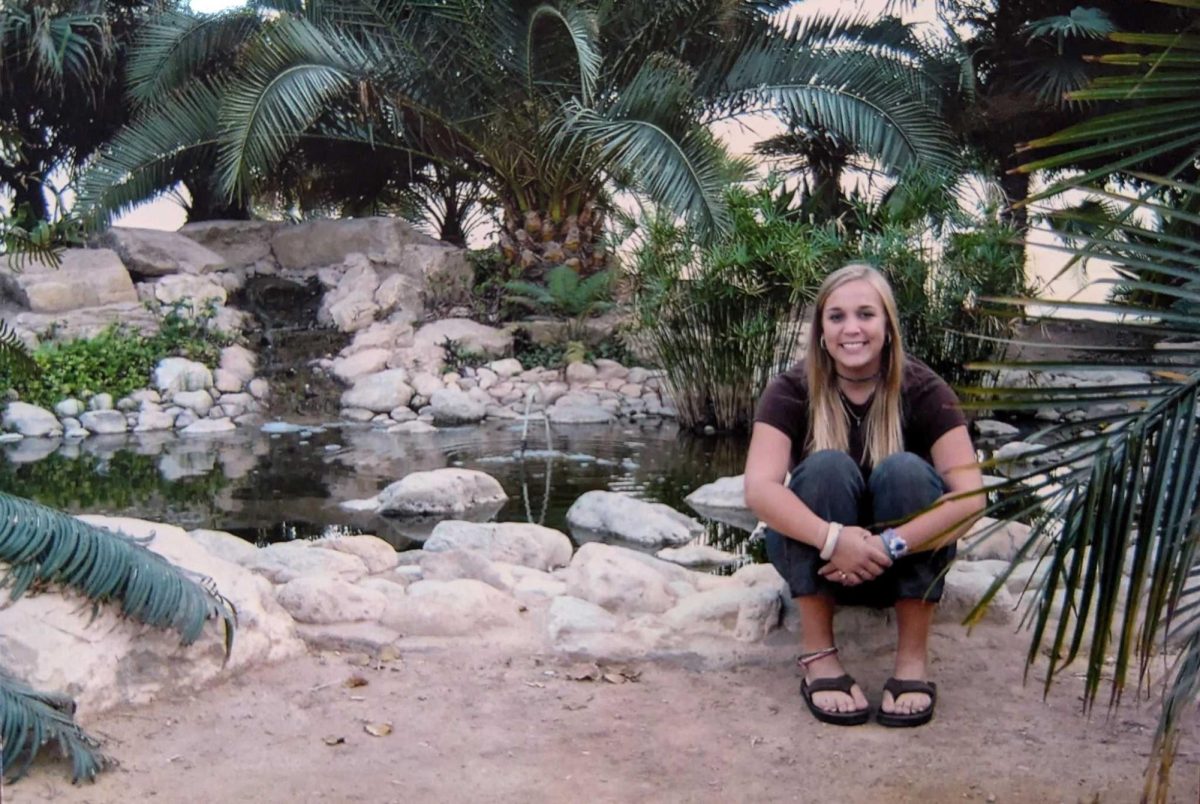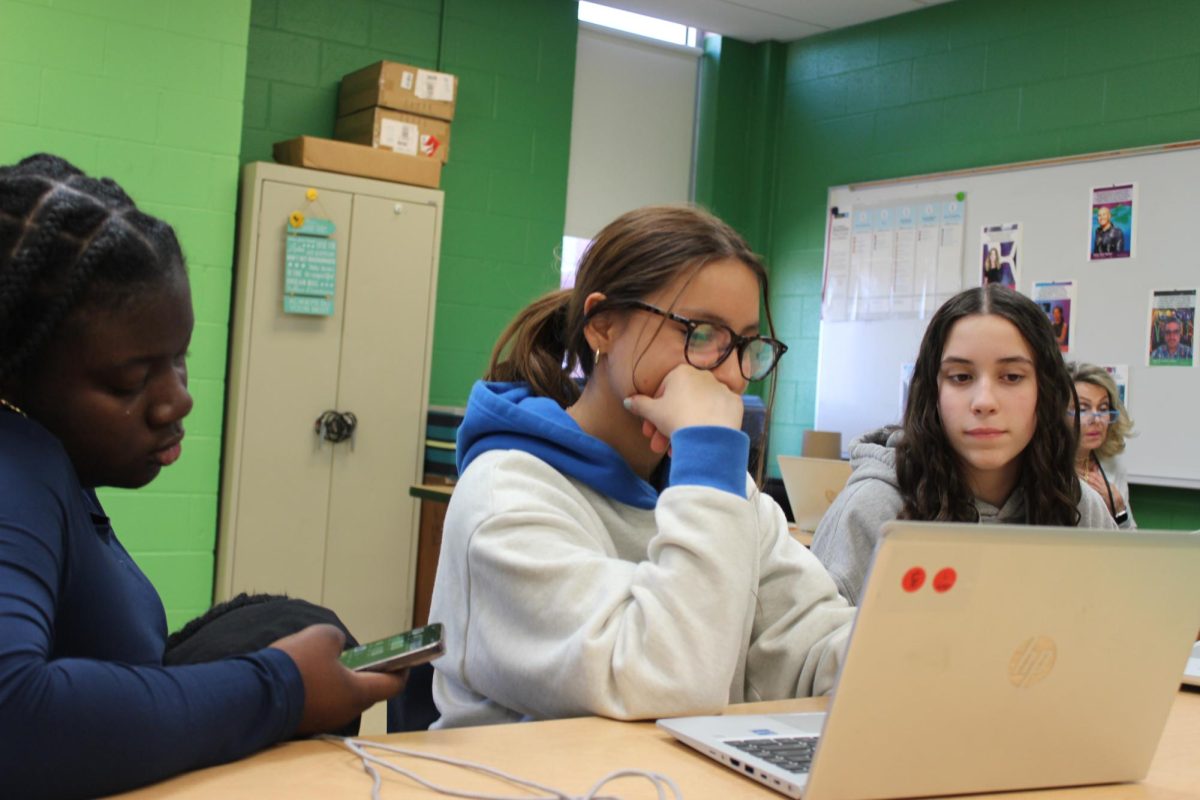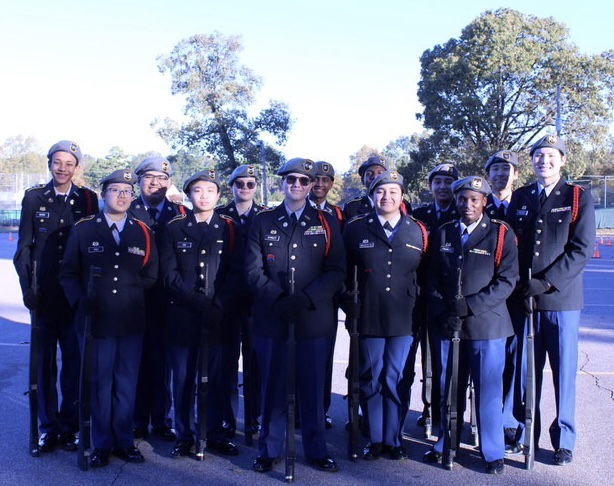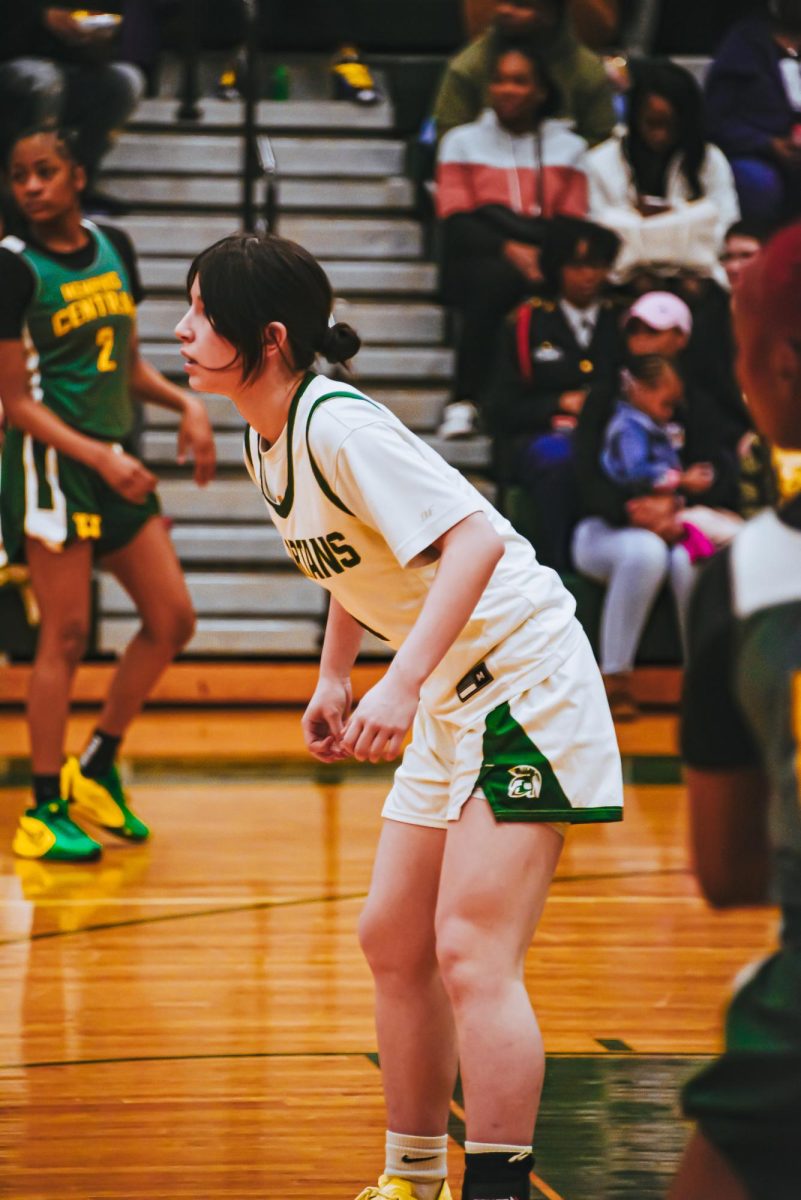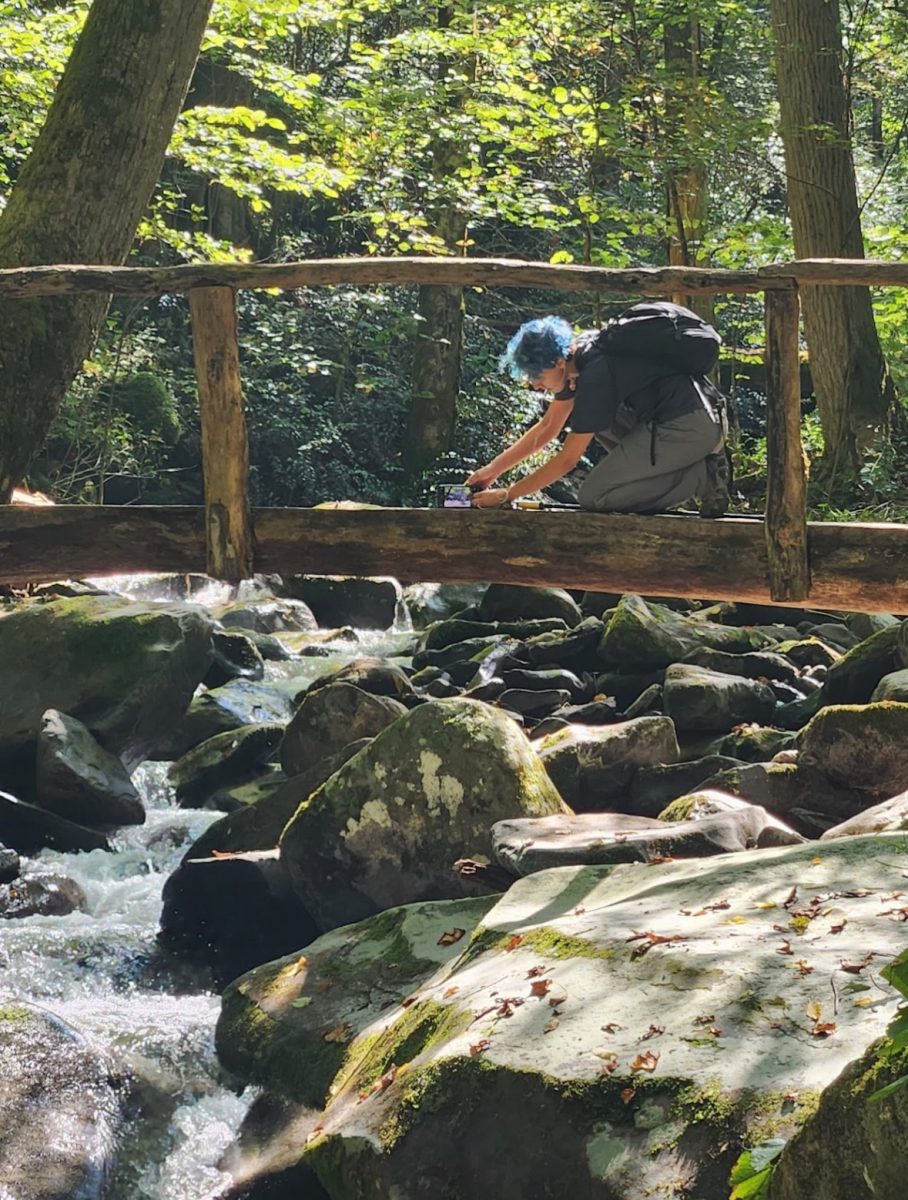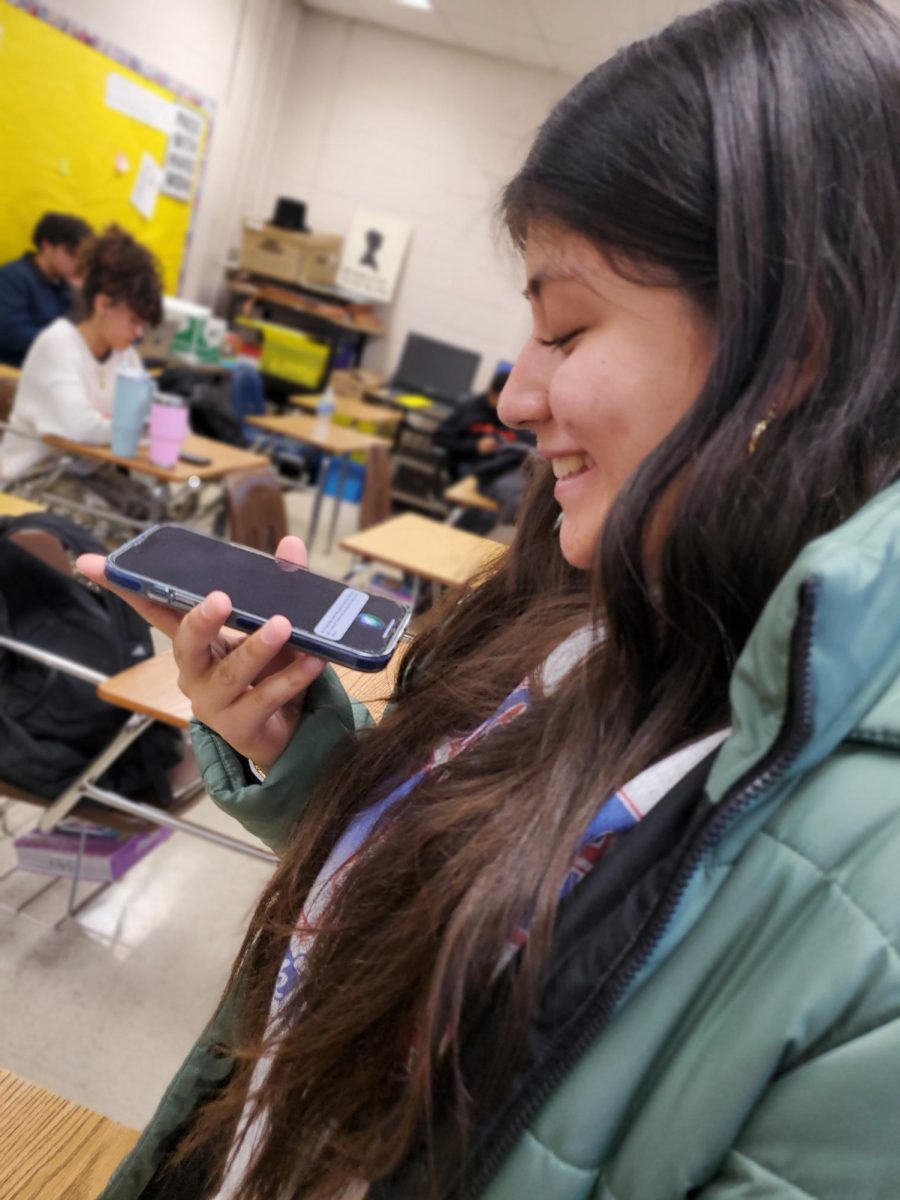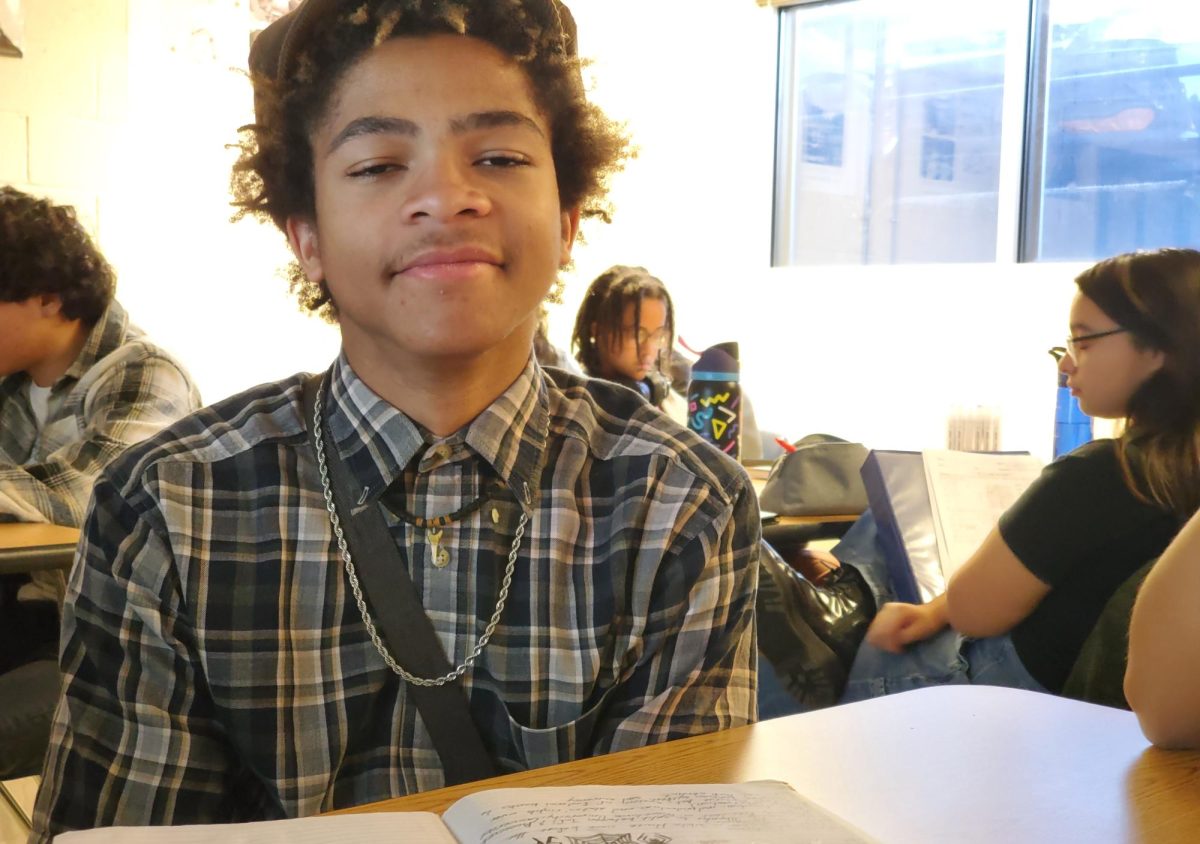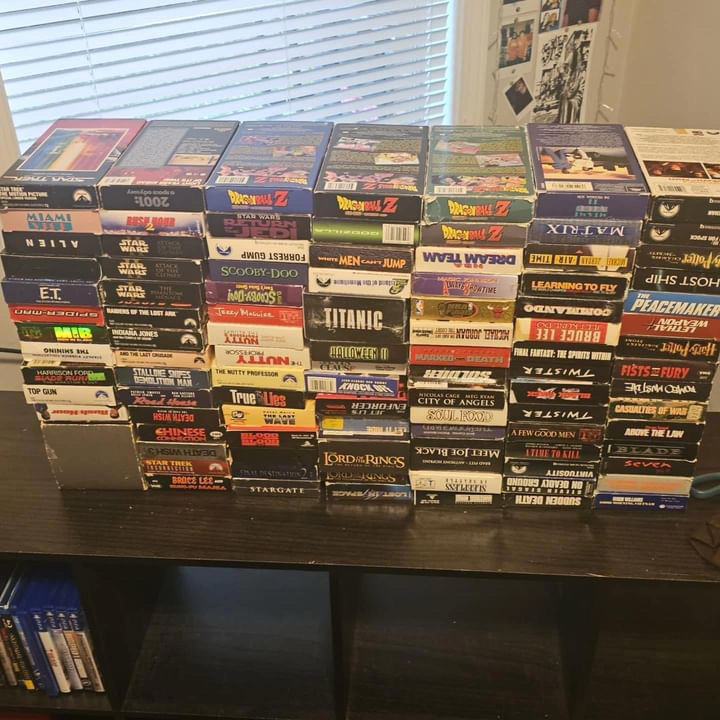Growing up, many of us remember the excitement of waiting for the next movie in our favorite series or franchise. Whether it was the newest “Toy Story” or catching up with the adventures of “Spy Kids,” sequels and spin-offs were always a way to stay connected with the characters we loved the most. But somewhere along the way, that excitement started to fade. Perhaps it was the fourth “Ice Age” movie or another “Star Wars” spin-off, but with the bombardment, the magic of the stories disappeared.
“If the story’s already done or like you leave it on a cliffhanger, you should obviously continue it,” Andres Campos (12) said. “But if people are saying we want something new or it’s getting too repetitive, change it up. Or you could have different adventures, like [in] ‘Shrek’; for example, each movie has its own different storyline and plot, and it turned out well.”
One of the biggest controversies when it comes to sequels and spin-offs surrounds how they compare to the original, especially when multiple adaptations exist. Many fans are often split when a character they love is changed or when a new storyline does not fit the tone of the original film exactly how they want it. Some changes filmmakers create to modernize a movie franchise or take it in a new direction can feel like a betrayal to many die-hard fans. For instance, many Avatar fans felt that the 2010 adaptation, “The Last Airbender,” was swarmed with mispronunciations, poor pacing, questionable casting choices and failure to catch the spirit of the animated series; many fans felt the heart of the original was completely lost. However, the 2024 adaptation, “Avatar: The Last Airbender,” has been praised for its visual effects, fight choreography and cast chemistry.
“[‘Avatar: The Last Airbender’] is doing really well based on the original show,” Matthew Wheeley (12) said. “It’s better than the old one … [in] the original live action, [‘The Last Airbender’], what they tried to do didn’t keep true to a lot of stuff; they massacred the story and it was overall just a bad directing experience.”
The purpose behind a sequel or spin-off can often dictate its success and quality. Think of “Toy Story 3,” where many fans did not see it as just another adventure, but a continuation of growing up and letting go, bringing closure to both the characters and their fans. Sequel or spin-off films that expand the original storyline to deepen character development and build on new themes tend to resonate with audiences that have developed more of a personal connection to the story itself.
“You don’t have to go far and change up everything, but add something new and fresh,” London Jordan (10) said. “If you need to include another scenario like a frame story, I would suggest it, but the goal, in my opinion, is using the base of the story and going off of it.”
When assessing the individual characteristics of a successful sequel or spin-off, one standout aspect is how characters evolve — or devolve — throughout the story. Audiences are often drawn to characters that grow and change because they allow reflection on their own experiences and desires for development. A well-executed character can help make a sequel feel relevant, while more dull character development can leave some viewers frustrated. “The Mandalorian” expands on the “Star Wars” universe, not through already established characters, but by shifting focus to new characters, allowing for creative storytelling and dynamics. This expansion allows for a deeper exploration of themes and plots that may not have been fully developed in the original.
“It’s important to change elements of a character if needed or if you’re having trouble with a story,” Jordan said. “It depends on the fans … of the show, especially if they get bored of a certain character.”
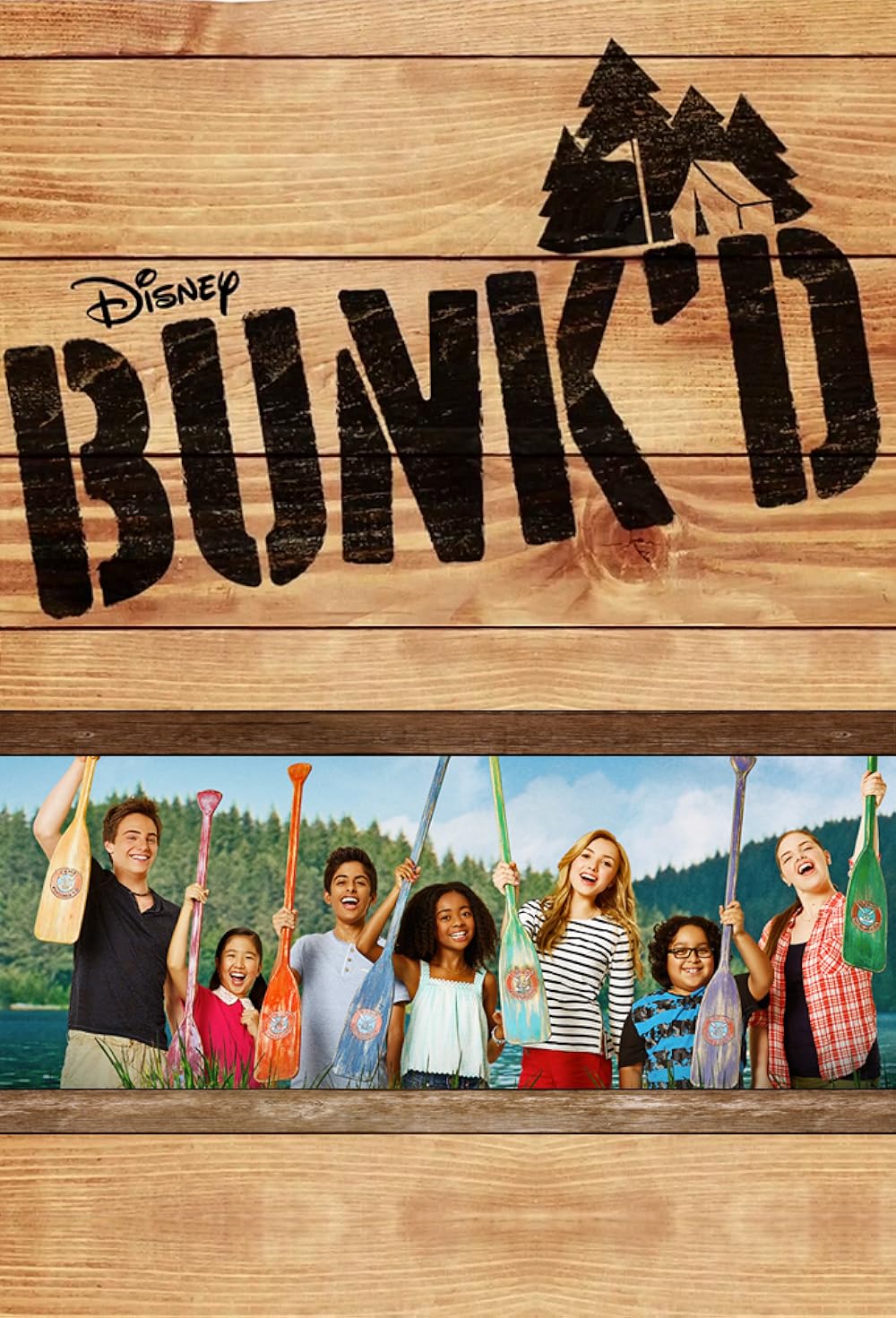
Navigating audience expectations can almost be like a tightrope walk for producers. Fans often have a vision of what a sequel or spin-off should have based on previous storylines. “Ghostbusters: Frozen Empire,” the 2024 adaptation, faced high anticipation from many fans, eager for a return to the franchise’s roots while also embracing new elements. But after its release, fan reviews have been mixed, with some praising the film for its nostalgia and creative elements, while others feel like it fails to capture the charm of the original films. Producers must balance between creative freedom and the audience’s desires to create an enjoyable experience for both loyal fans and new viewers.
“They stayed true to the original ’80s classic [‘Ghostbusters’],” Wheeley said. “The characters stayed the same and it was a long overdue continuation of the story. The writing … stayed true and is what hit really close to home to me.”
In a world where cherished memories can often shape preferences the most, nostalgia holds a special influence over sequels and spin-offs. Take “Bunk’d,” for example, a spin-off of a popular childhood Disney series, “Jessie.” By using familiar faces and heartfelt humor that captured audiences in the original show “Jessie,” “Bunk’d” allowed fans to relive the joy of their childhood while introducing new adventures. This blend of nostalgia and new storytelling not only rekindles emotional connections but also helps find a new generation of viewers. Nostalgia can often serve as a bridge for connecting the past and present while also helping to grow a sense of loyalty that keeps audiences coming back for more.
“‘Bunk’d’ and ‘Jessie’ [are] perfect examples of how to execute a spin-off,” Jordan said. “‘Bunk’d’ is very long, but they bounce off each other even and they try to make the show focus on the original storyline. When you change up the story drastically, you change the viewer’s focus on what’s happening, [and] … it can be confusing.”



